Anime has been a constant in many people’s lives since their childhood. However, parents are now concerned that watching anime might have a negative or dangerous impact on their kids.
Like most parents, my mother used to forbid me from watching Shin-Chan as a child. According to her, it promoted naughtiness within kids. At the same time, we used to sit down together during lunch to watch episodes of Doraemon together, marvelling at the new inventions.
While I outgrew those shows, Naruto and Dragon Ball Z soon took their place. I remember sitting down at night to watch them with my brother after we finished our homework. Those nightly TV sessions are something we still look fondly upon. In fact, to an extent, I attribute our positive relationship to them.
Any type of media has its pros and cons, and so does anime. But should we go as far as to say that it is dangerous for children? Let’s break the myths and stereotypes!
1. Is Watching Anime Bad for the Children? – Breaking the Myths!
Watching anime is not harmful or dangerous for children as long as it’s done in moderation. With parental control over the content and the time spent on it, anime proves to enhance creativity. It acts as a harmless form of entertainment and even encourages the children to learn.
Before I talk about the different ways anime might prove to be harmful or helpful to children, what does anime mean? There’s a common misconception among people that anime is one particular type of series; however, that’s not true.
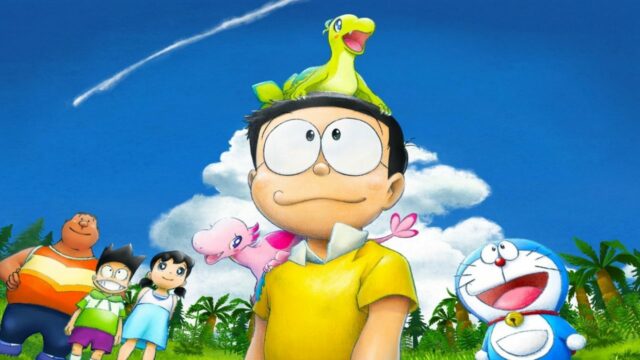
Anime is a term used to describe any animation originating from Japan. This means that everything from Doraemon to Dragon Ball to Clannad falls under anime. It consists of many different genres, and there are specific shows for all demographics of people.
When parents view anime negatively, they are generally only aware of the shows meant for specific groups of people. It is like someone watching Fifty Shades of Grey and labeling all American movies and series to be horrible for children.
Now that it’s clear that a vast number of shows fall under anime let’s take a look at whether it is bad for kids.
I. Can Watching Anime Induce Violent Tendencies Within the Children?
In genres of anime such as Shonen, there’s a lot of casual violence portrayed. Children might watch Hunter x Hunter, Inuyasha, or any similar show and find the characters hitting each other in an entertaining manner.
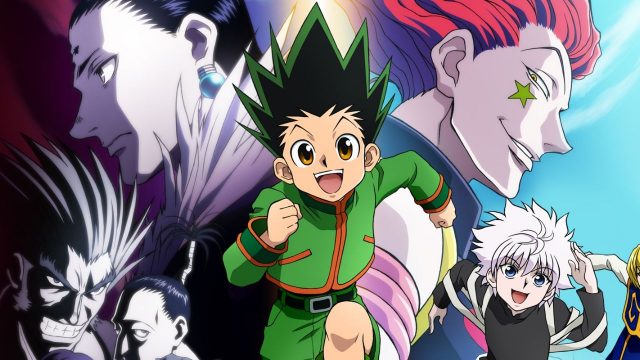
However, this is not specific to anime. In American animated shows such as Tom and Jerry, or Indian cartoons such as Chota Bheem, etc., such incidents are present. Furthermore, the Marvel comics and movies that the children love depict similar violence. Despite consuming these forms of media, children generally do not develop violent tendencies.
For example, while kids do watch anime such as Dragon Ball Z that have many fights, they rarely think a Kamehameha will stop their mother from feeding them veggies or friends from poking fun at them. At their age, these fights only serve to captivate them with their array of colors rather than moves.
If Popeye wasn’t able to make kids eat spinach, then anime such as Attack on Titan won’t make them eat humans. On that note, please don’t let your children watch AOT. Everything mentioned above is only in regards to shows meant for children.
Like any other form of media, parents should monitor the anime that their children watch and make sure that they don’t divulge into shows rated for adults. While kids understand the difference between fiction and reality to an extent, they are still impressionable.
Parents should use harmful or inappropriate actions within anime or any media as learning experiences as children need to know what’s wrong to do what’s good.
II. Does Watching Anime Really Affect Children’s Mental Health?
Many parents are concerned about the effect of watching anime on their kids’ mental health; however, there isn’t much to worry about if the content is being consumed in moderation. Overindulging in any form of media is not suitable for anyone’s mental health, let alone children.
Obsessing over anime is normal and not something to be worried about. It should be treated as the child’s interest, similar to how others obsess over Disney movies or Marvel.
It only becomes an issue if the kid uses anime as escapism, i.e., watching anime for an unhealthy amount of hours. However, this danger is once again present in all forms of media. Parents should be present to regulate the time they spend on anime and teach them how to separate fiction from reality.
III. Is Anime Actually Just Glitter-Covered Pornography?
As I mentioned above, anime technically means any content originating from Japan. This means that everything from cartoons for kids to porn for adults can be considered anime. Unfortunately, whenever most think of anime, the image that comes to their minds is of hentai shows.
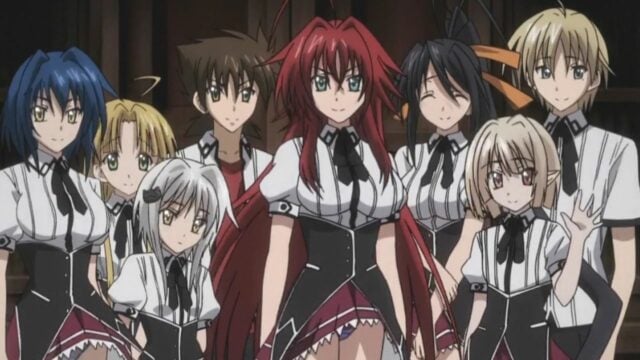
Due to this, many parents think of anime to be porn disguised as aesthetic glitter-covered cartoons. This is absolutely untrue.
Once again, regulating and monitoring the content children consume is of utmost importance here. Just like one would make sure not to let their kids watch Fifty Shades of Grey, they need to do the same with hentai or any anime meant for adults. With a quick google search, the list of genres the show falls under is visible, and it is effortless to find articles and blogs listing anime meant for children. I will be providing some titles under the 4th section of this article.
IV. Is Anime Addictive and Influential?
Anime is a form of entertainment in the end and is addictive. The responsibility to make sure that the kids consume it in average amounts falls upon the parents. Watching anime should not be alienated and instead be considered an interest just as any other.
However, when we talk about influence, the ideologies in anime might indeed prove to be detrimental to children to an extent. There have been cases where fans of death note carried a book around, noting down the names of people who wronged them. While obviously, that did not do any harm, it still gives us a glimpse into how convincing anime can be.
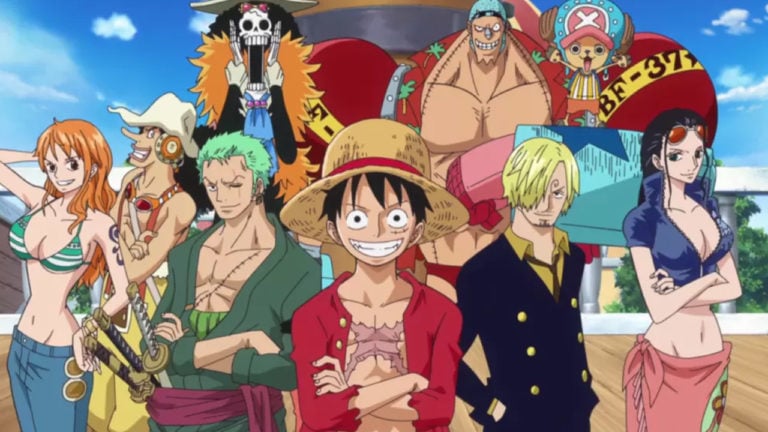
While most anime contain socially appropriate themes of justice and good vs. evil, there are times that the personal ideologies of the creators that are not always good show themselves.
However, as I have repeatedly mentioned, no danger present in anime is particular to it. These issues are present in all forms of media, be it movies, books, or video games. Till the children turn a certain age, the content they consume should be regulated by the parents strictly.
But the question that now arises is that if anime is similar to other forms of media, why should the children watch it?
2. Why is Watching Anime Good/Beneficial for Children?
I. Harmless Form of Entertainment
As I explained at the start, there are various genres of anime, and its scope is not limited to any particular age or gender. Even we as adults want to get out of our mundane hectic schedules, so it’s obvious that kids need their own sort of entertainment as well – anime being the best of them.
In front of forms of entertainment that might prove to be detrimental to the child’s development in the future, such as drugs or alcohol, anime doesn’t seem too bad. Some shows have rich and complex plots, while some are solely meant for momentary laughter. There’s something for the child’s every mood, and it is perfect for them to spend some alone time.
Another plus point is with the internet these days; it’s easier for the parent to be aware of what their kid is watching so that they can eliminate the threats of bad influence instantly and introduce shows that align with the values they wish to instill among their kids.
Furthermore, as I mentioned in the introduction, watching anime together can be a fun bonding time for the family. These moments will be fondly looked upon when the children grow up and will account for memorable conversations.
I grew up watching superheroes who had special powers to save people and fight villains. As a child, I started believing that I had to have unique superpowers to be a hero. We all had times where we desperately wanted to be someone special, and it’s understandable since it was the only concept instilled in our minds.
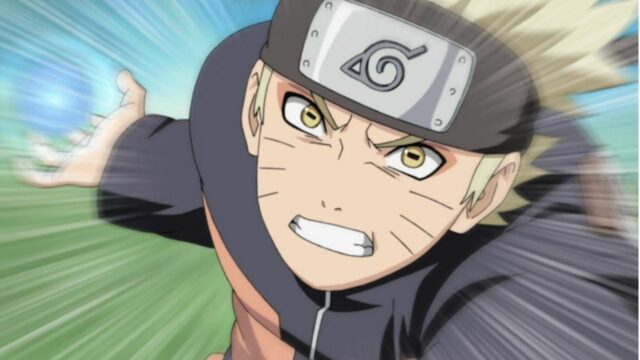
However, despite the unrealistic nature of anime, most of them contain a lesson for the viewer by exploring thematic issues central to human existence. For example, Naruto explores the themes of defying odds and never giving up, while Fullmetal Alchemist portrays kinship and corruption. Even a sports anime such as Haikyu!! is rich with a variety of themes that leave its audience in awe.
Although there is a subset that showcases this trope in anime, it functions differently. Anime usually emphasizes specific values and morals that we don’t find in other media. In Shonen anime, you will find the ‘power of friendship,’ which makes the viewers realize friendship and relationships, in general, have a deeper meaning for humans.
It is a proven fact that watching prosocial content enhances the human quality of helping and being kind to others, and some anime center around this theme. Anime like Gakuen Babysitters, Naruto, Tamako Market, Natsume’s Book of Friends, My roommate is a cat, etc., showcases various life lessons and values you would want your kid to have. Kids tend to imitate their idols, and consuming such content is highly beneficial.
III. General Knowledge & Educational Lessons
One thing that’s for sure is that children will learn a lot more from watching anime than usual shows. For example, there are anime dedicated to teaching their audience about how the cells in a body work(Cells At Work). Furthermore, this is not rare but present in most shows.
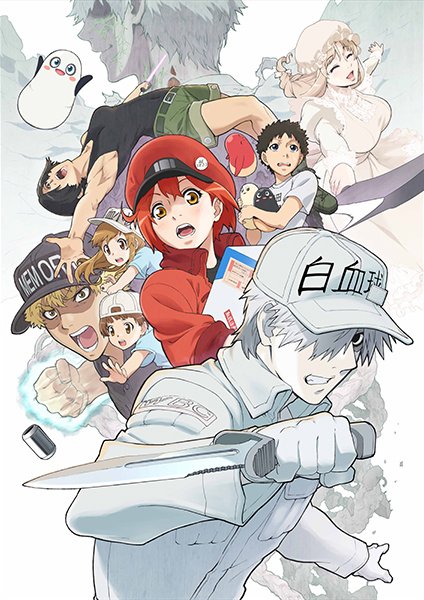
IV. Encourages Children to Learn & Enhances creativity
Picking up habits, interests, and hobbies from the media is a common form of imitation and source of influence. Certain anime like Haikyu!!, Free, Diamond No Ace introduce their audience to sports and the joy of playing. Children who watch these types of shows get passionate about sports and indulge in physical activities, which is always a plus point. Who said people who watch anime are lethargic?!
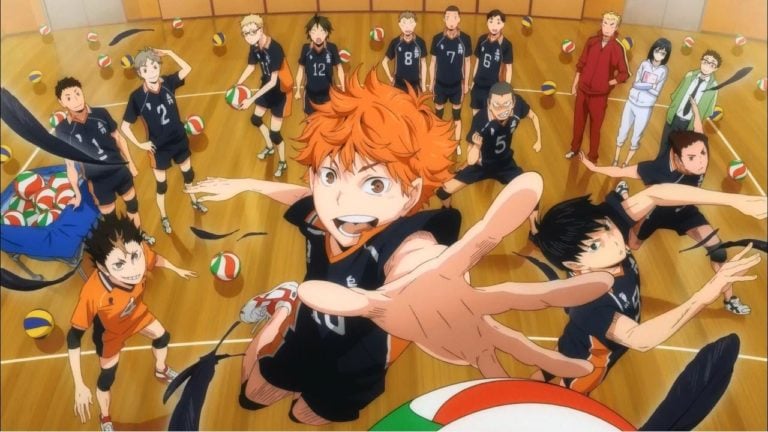
Picking interests from anime is not limited to only sports! There are instances where a child refuses to learn the piano like their parents won’t, but after watching Nodame Cantabile, the urge to learn a musical instrument is overflowing. This is mainly because the main characters in the anime seem to enjoy and love what they are doing.
Furthermore, anime is vivid and aesthetic. Wanting to draw those beautiful landscapes and characters with wide purple eyes has motivated many, including me, to learn how to draw. Some people who got into anime as kids are now professional artists who draw for popular sites and apps like Webtoon and Naver.
These positive experiences become something the children strive to attain constantly, and it motivates them to learn and work towards gaining a better quality of life.
V. Introduction to New Cultures
Anime is a central form of entertainment in Japan, and it introduces the international population to an entirely different culture. While it starts with the children wanting to learn Japanese to watch anime without subtitles, it soon transforms into a genuine love for the language.
Not only does it connect the children to a world across seas, but they also grow up with a more open mindset and acceptance of others and themselves. It helps them learn about new things and see life from a fresh perspective.
Anime also introduces people to so many different forms of entertainment, not limited to Japan. The OSTs present in anime have allowed people to discover Korean bands and dramas, and simply put, broadened their view of the world.
3. If Anime Is So Good, Why Is It Looked Down Upon? – Future Concerns!
One of the reasons why anime receives such backlash is due to cultural differences. Accepting a different culture that is not relative to your own becomes a difficult task even for an adult, let alone children.
For instance, the concept of Bishounen (Beautiful men) is not generally seen in many cultures, so seeing a beautiful feminine man in anime might come as a cultural shock. Furthermore, as mentioned above, due to either a lack of understanding or sheer ignorance, many view anime under one flag, be it a kid-friendly show or hentai.
Another reason why it is looked down upon is that its cons are more focused on rather than its pros. One should understand that anime is just a form of media, as repeated countless times in this article. It is no different from any other interest and should not be looked down upon or put on a pedestal.
Anime has its criticisms, but it also has the potential to lead its audience to discover new worlds that might enrich their lives to a great extent.
4. What Can You Do to Make Sure Your Child Consumes Good Content?
In this article, I have mentioned the dangers and benefits of anime and constantly repeated the need to monitor and regulate the content consumed by children. However, what steps should the parent take towards doing so?
The best way to ensure that the child is watching healthy content is to read reviews, both positive and negative, to understand all sides. Reviews and ratings can be found on sites such as this one (shameless but necessary self-plug).
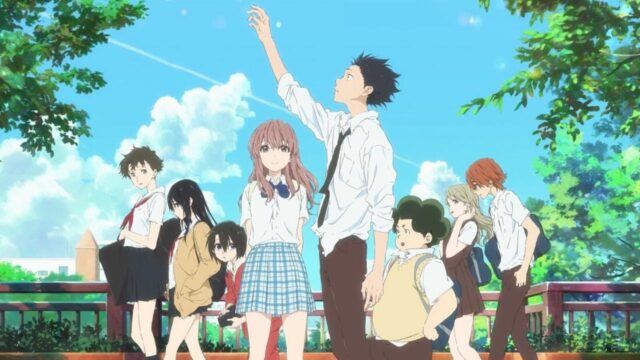
Researching beforehand can prepare the parent and the child; however, oftentimes, the impact of some themes might seem trivial to an adult, but not for the young mind. In such cases, talking to the child and having a two-way discussion on the subject helps understand them and build a positive relationship.
Another way to ensure that the child consumes good content is to constantly check recommendation forums and screen the shows they want to watch. Last but not least, I would recommend parents to actually watch the show along with their kids at times, resulting in both being entertained and bonding at the same time!

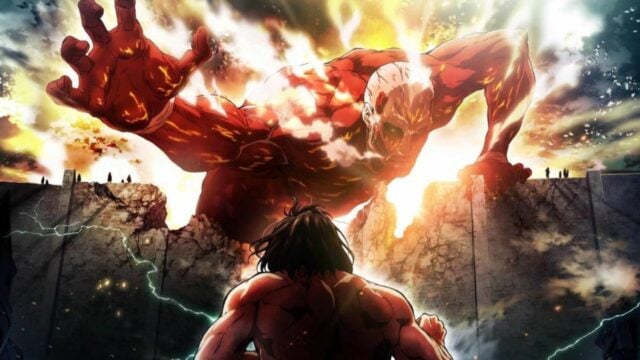

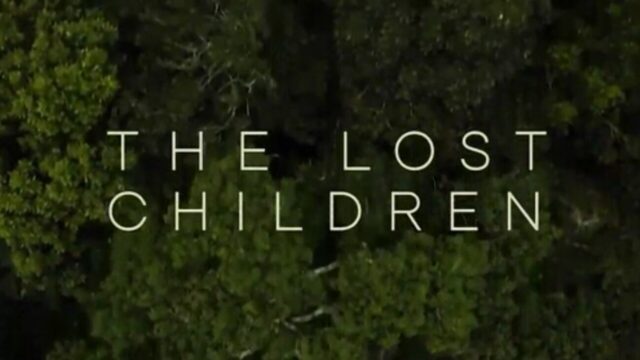
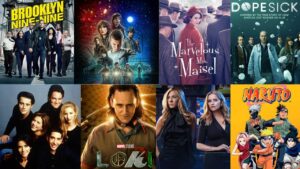
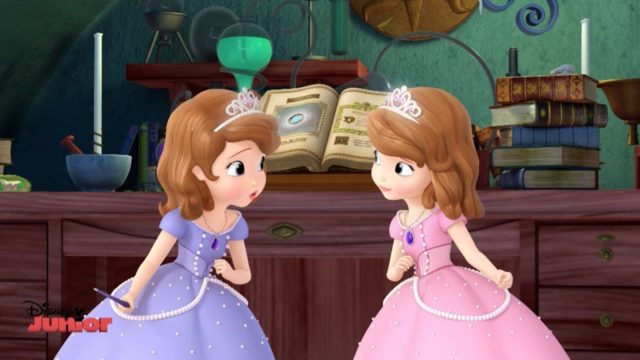
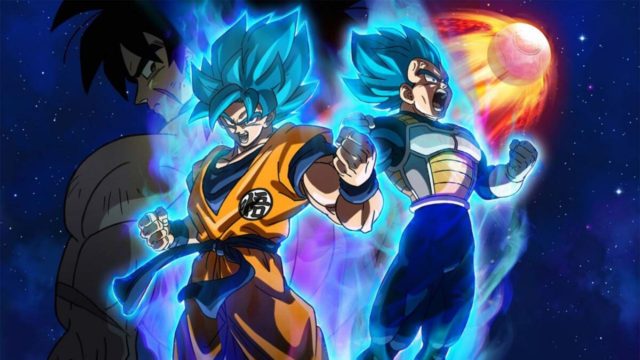
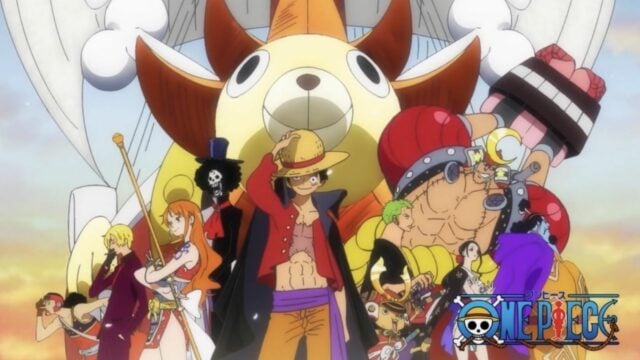
10 Comments on Is Watching Anime Bad for the Children? – Breaking the Myths!